
The area that is now Finland was settled around 8,500 BC during the Stone Age towards the end of the last glacial period. The artefacts the first settlers left behind present characteristics that are shared with those found in Estonia, Russia, and Norway.
Finland covers an area of 338,145 square kilometres (130,559 sq mi)[4] and has a population of 5.6 million.
In 1906, Finland became the first European state to grant universal suffrage, and the first in the world to give all adult citizens the right to run for public office.
The nation remained a largely agricultural country until the 1950s. After World War II, it industrialised quickly and established an advanced economy. It became a member of the EU in 1995, the Eurozone in 1999, and NATO in 2023.
Finland in the summer months – the sun doesn’t set at all in the northernmost parts of the country, hence the nickname “The Land of the Midnight Sun.” In the winter, the opposite happens, and the sun disappears for months. This time is called “kaamos”.
And – if you’re lucky – the Autumn and Spring may bring the colourful Northern Lights (photo from visitfinland.com).
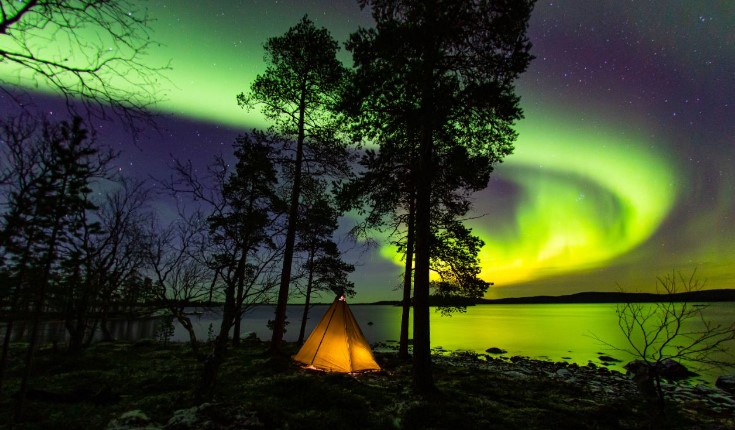
And according to the WHO (World Health Organisation) Finland has the best air quality in the world.
Getting here
Our trip to Finland from Estonia was on the ferry. I must be honest and say that the idea of a ferry was not all that appealing. But on arrival I was met by more of a cruise ship than a ferry. The modern European ferries make the Australian ferry options look absolutely prehistoric. Our trip was on the Tallink Megastar.
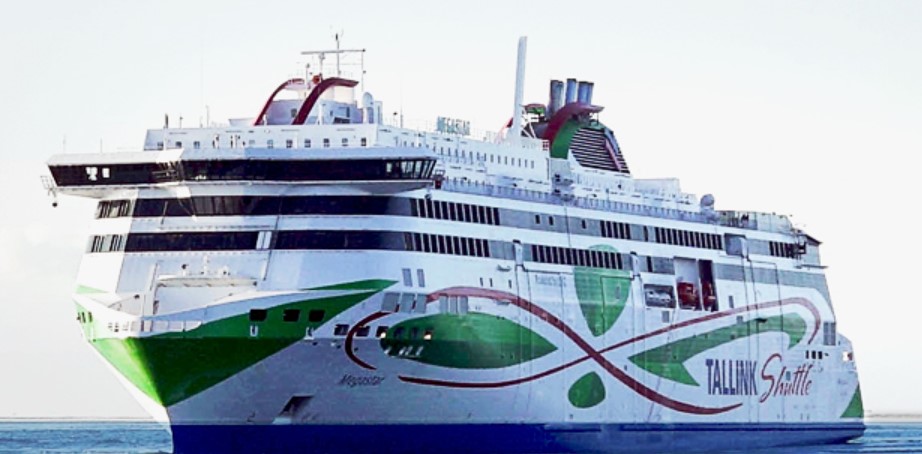
The Megastar is the newest ship in the Tallink fleet and has been operating since 2017. The 212 metre vessel can hold 2800 passengers and reach speeds of 27 knots.
It has restaurants, bars, the largest mall on the Baltic Sea and a 2,800 square meter Superstore (think Myers) that is a fully stocked.
Add to this a huge duty free shop where you can get spirits, wines, beer, cigarettes, sweets, cosmetics and perfumes.
The garage area has a capacity of 150 vehicles.
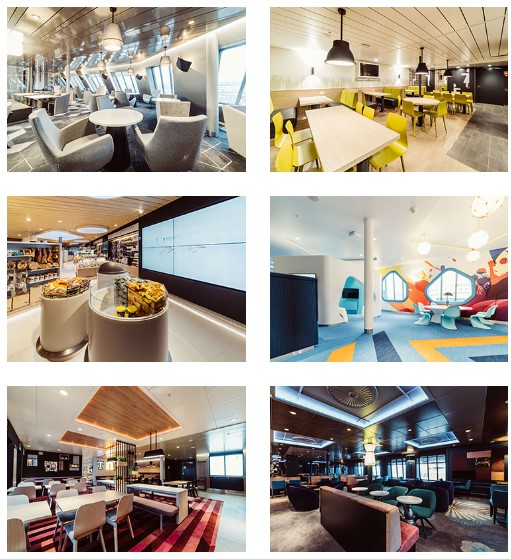
The ride only took 2 hours and there was quite literally not a wave to be seen. The Baltic Sea (at least when we were there) was a millpond. Long story short, my fears of the ferry were unfounded and in reality this is the best and most relaxing way possible to get around up here.
Helsinki
Helsinki is the capital of Finland with a population a bit over 600 thousand. I will state right now that the beer and the local food was absolutely the lowlight of our time here in Finland. Both the price and the taste left us both unimpressed. We did find a Syrian restaurant that saved us, but the local fare on offer was not great.
Our introduction to Helsinki was when we left the port and walked about a kilometer away to get our Bolt car without the harassment of the local cab drivers. Here is where we found the Bad Boy. It is a pink 8.5 metre sculpture made of concrete that weighs in at about seven and a half tons. And it is of a boy pissing. The water flow in the sculpture is heated so the boy can urinate all year round, even in winter.
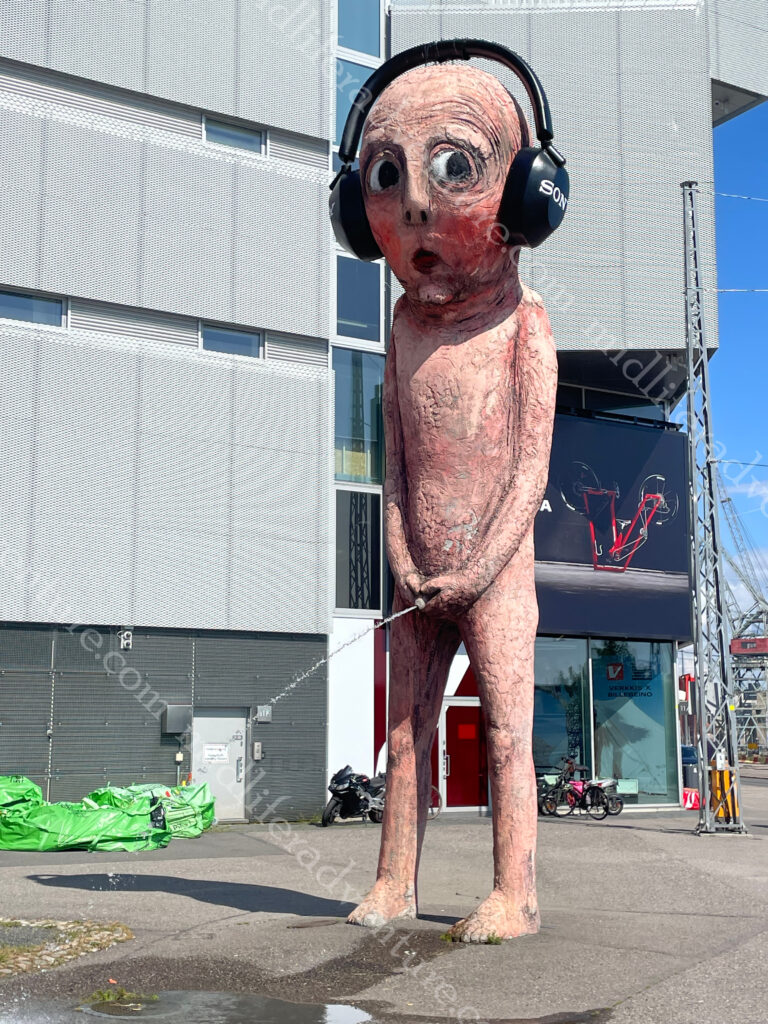
It was was originally ordered as part of a public art festival in Sweden, where it urinated into a river in a park.
It then moved to Market Square in Helsinki where it urinated into the ocean in front of the Presidential Palace.
It most recently moved to in front of an electronics store, where it acquired a set of headphones.
There is a HOHO bus in Helsinki, but it is €34 each, and the town centre and loop really isn’t that big and is easily walkable. The Mannerheimintie is the central avenue that runs through the heart of the capital. Unlike the old towns of the Baltics, Helsinki is a very modern city.
But we were here and it was time to explore. Our wander towards town saw us looking at some interesting looking buildings, nice parks on a cool and pleasant day in the heart of town. Once we got to the circular Swedish Theatre we were in the heart of it.




Modern blocks, full of rows of shops and shopping malls to rival any modern city on the planet. There was the odd glimpse towards something vaguely historical, but for the most part it was just a modern city. The central railway station signalled the start of a bit more character. The railway tracks were built in the 1860s an the granite clad station in 1919. The building is known for its clock tower and the Lyhdynkantajat (“The Lantern Bearers”).




Just down the road from the train station you come across Rautatientori square and the the Finnish National Theatre. founded in 1872, is the oldest Finnish-language professional theatre in the country.
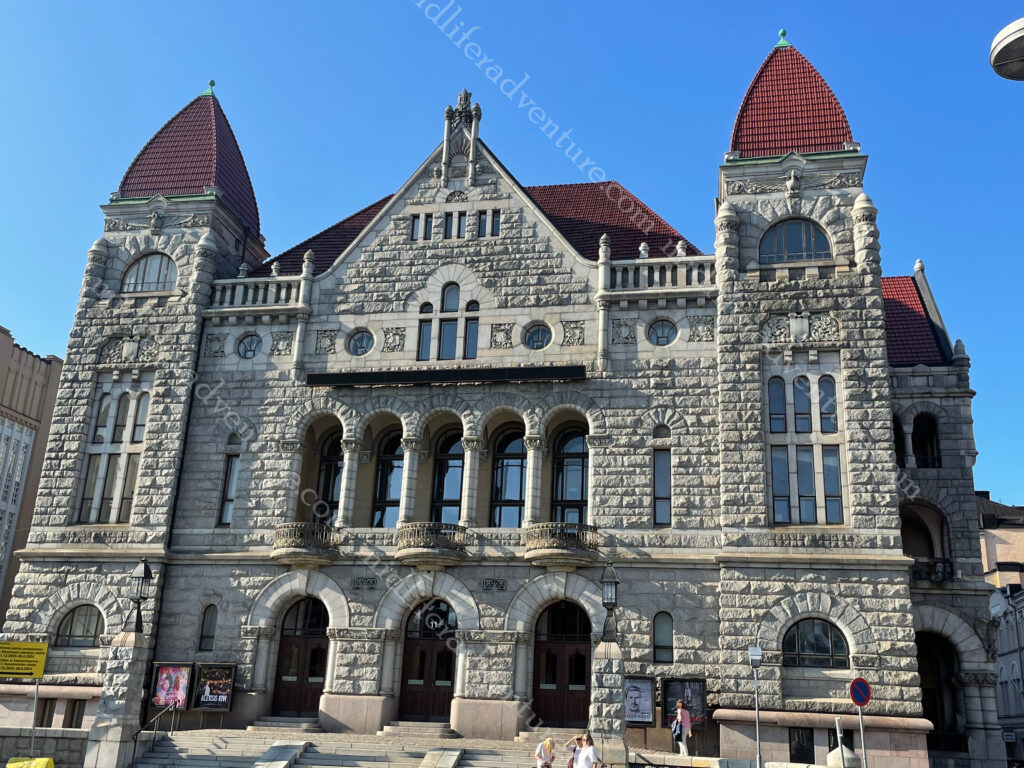
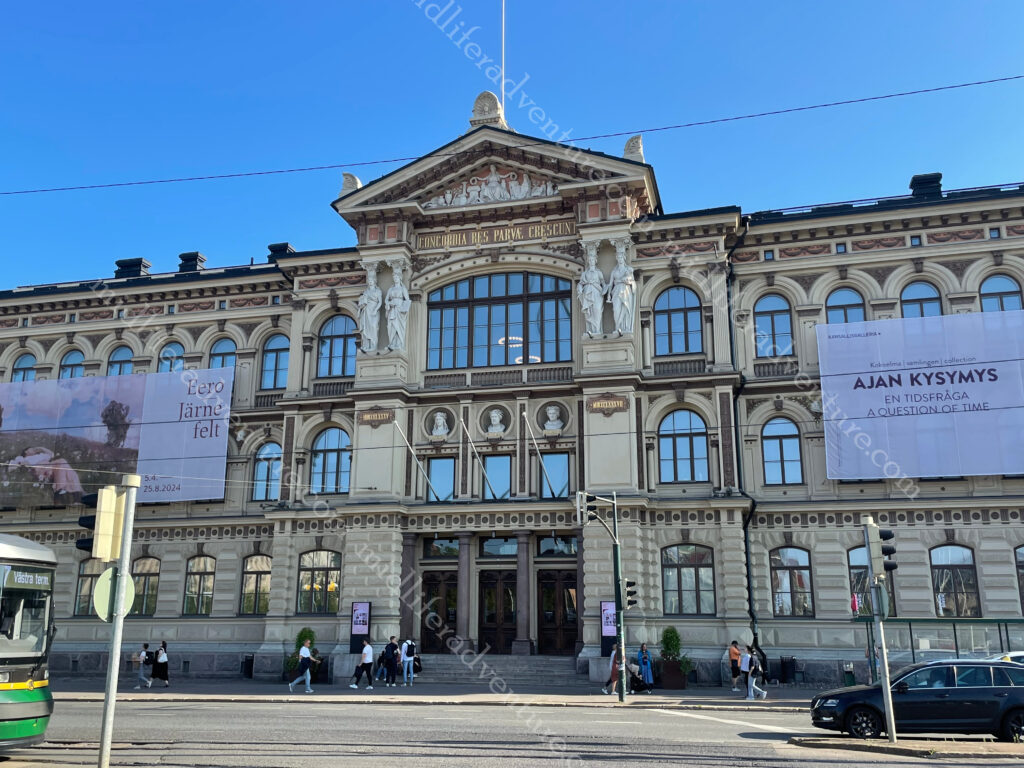
Across the road you find the Ateneum, which is the major Art museum in Helsinki. It is one of the three museums that forms the Finnish National Gallery.
The National Museum was closed for renovation at the time we were here. But when it is open it looks like this and it traces the Finnish history from the Stone Age to the present.
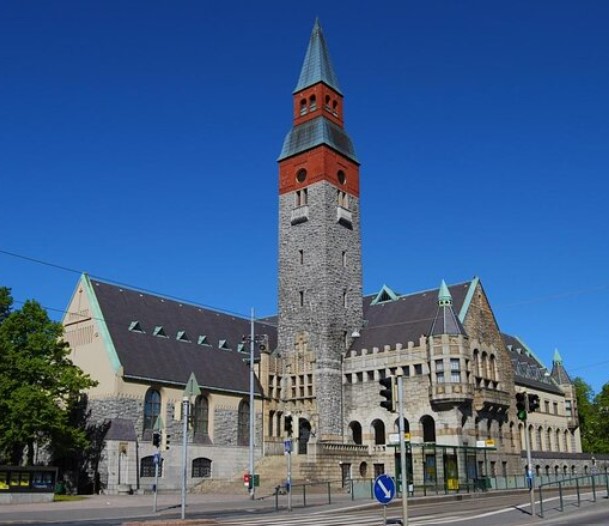
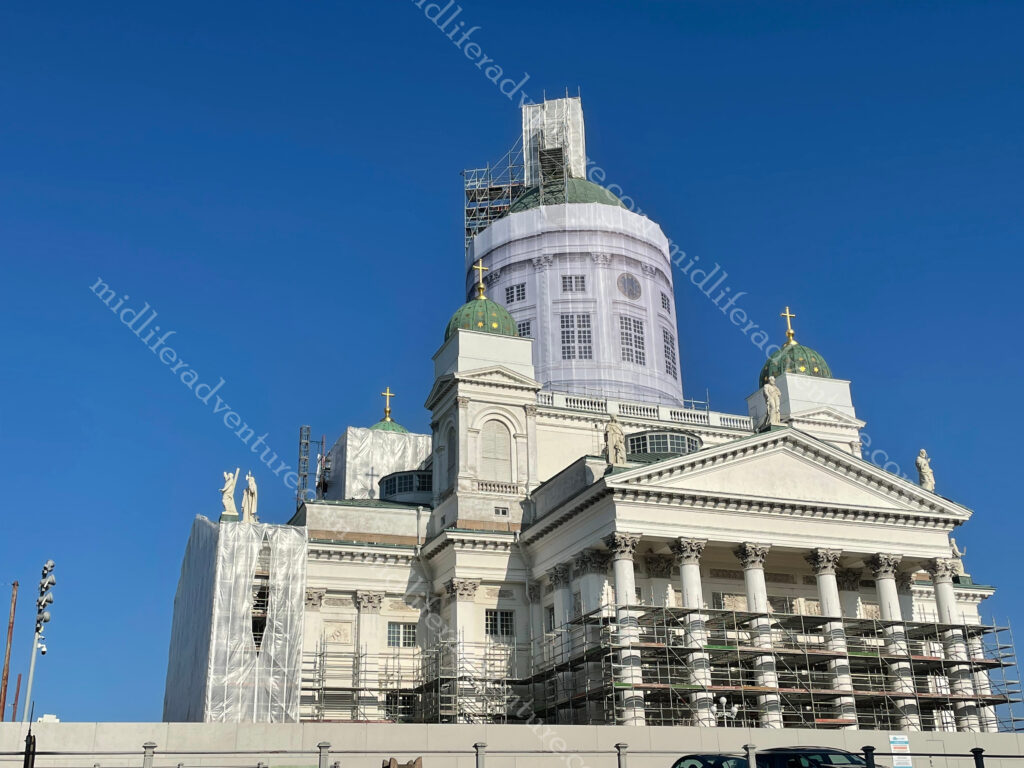
Helsinki Cathedral was one of the must do major attractions and once again, it was under construction.
The usually stunning building was covered in scaffolding.
While the main building was under renovation, they did leave one side free for photographs. Added to this the Cathedral sits on Senate Square, which is impressive enough in its own right. The square is in the oldest part of central Helsinki and is ringed by the Cathedral, the Government Palace, the main building of the University of Helsinki and the oldest building of central Helsinki (Sederholm House dating from 1757).












Having had enough for day one and walking plenty we made our way back towards our accommodation, stopping for some very poor local beers and bites on the way. The next morning a great breakfast primed us for another day of walking to explore the rest of the city. But first we headed down to the location of the open air flea market. This was clearly just a weekend thing, and after standing and scratching out heads for a while it was back to the Mannerheimintie.











Also on Mannerheimintie you will find the Parliament house which was designed and built after WWI.
The Sibelius Monument is a park sculpture dedicated to the Finnish composer Jean Sibelius (1865–1957). It controversially looks like organ pipes, despite the composer not making music for the organ.

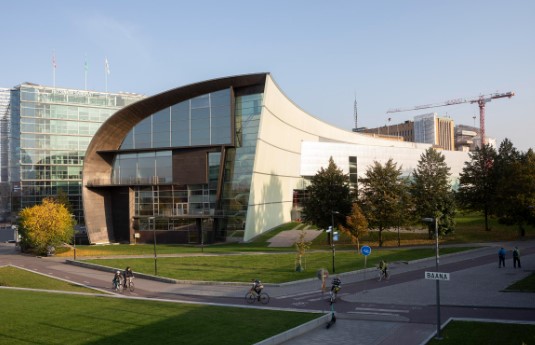
Kiasmais is a very funky location and is the home of the contemporary art museum.
At the end of the Mannerheimintie you run into the waterfront and the usual tourist fare that goes with that. A bunch of local ferries come and go, and there is a huge number of (summertime) pop up stalls to feed them and extract some money for trinkets. Add to this a Ferris wheel and a swimming pool and the place is complete.






Up the hill from the waterfront you will find the highly impressive Uspenski Cathedral. This is the largest Orthodox church in western Europe and is visited by half a million people annually. The cathedral’s size is emphasized by its location on the highest hill of the Katajanokka district. The central cupola of the cathedral is 33 meters high. The cathedral was designed by a Russian architect and was consecrated in 1868.




Suomenlinna sea fortress is a Unesco World Heritage Site located on the coast of Helsinki. It is accessible by ferry and is also a suburb of Helsinki with around 800 residents. The fortress was shaped by three historic eras when it helped to defend first Sweden, then Russia and ultimately Finland. There are six kilometres of walls, 100 cannons, exciting tunnels, and beautiful parks.





In the past, all of Finland’s houses were built of wood and usually painted red, with a few blue and yellow thrown in.
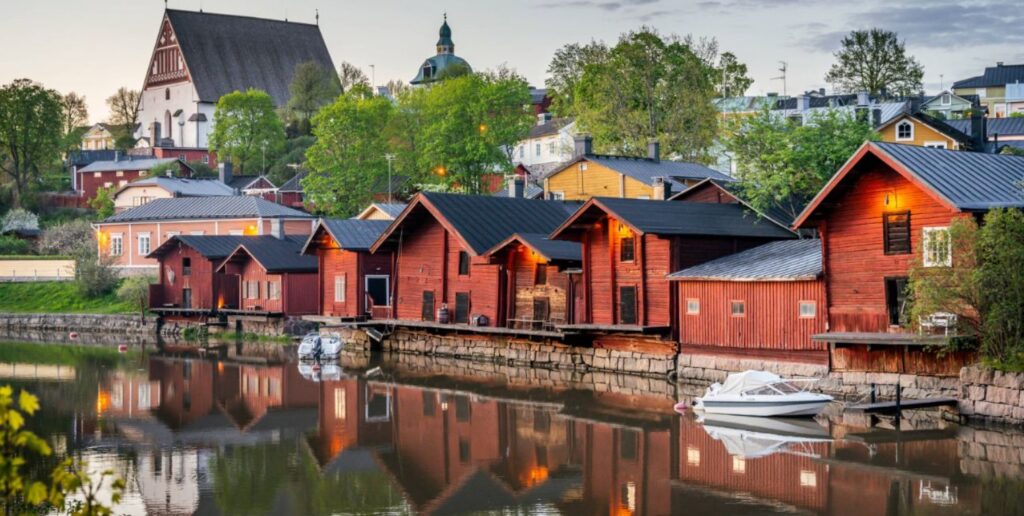
Some of these have been preserved and sit just as they did decades or centuries ago. Visiting these picturesque places is like entering a living time capsule. Within Helsinki the districts of Käpylä (about 8km north) and Vallila (about 5km northeast) will give you an opportunity to explore some of these.
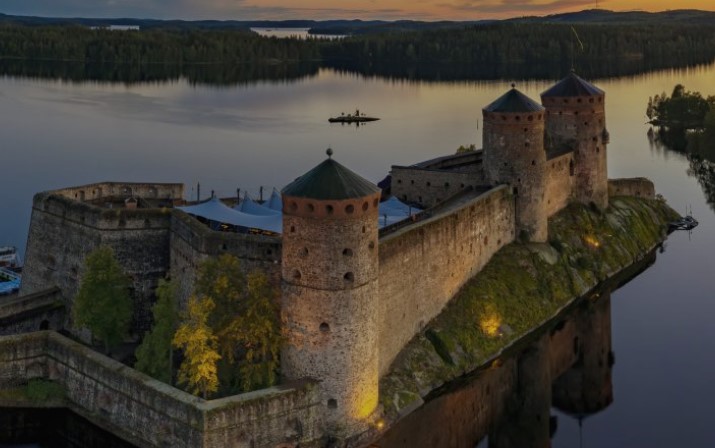
Olavinlinna Castle (also known as St. Olaf’s Castle) is one of Finland’s best known tourist sites. It was founded in 1475 and is built on an island in the Kyrönsalmi strait.
At around 400km from Helsinki we didn’t get here but it did look pretty cool. Our time in Helsinki was mixed. The town initially did not impress, but it did grow on us the more we explored. The local food and drink options were both expensive and poor, but other options (non-Finnish) were readily available and were typically better priced.
While it was perfectly nice, I don’t see either of us rushing back to Finland anytime soon. The weather was nice, the people friendly but this ticks one of those been there-done that type boxes rather than the oh my god we have to go back.